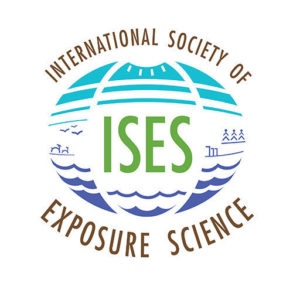
By: Elyse Caron-Beaudoin
I spent the last 6 years investigating the exposure to contaminants associated with oil and gas operations and their potential health effects, especially during pregnancy and fetal development, in Northeastern British Columbia, Canada. Northeastern British Columbia is a beautiful, vast and wilderness region. It is also surrounded by expanding industrial activities like hydraulic fracturing for natural gas exploitation. While I hope our research is contributing, even slightly, to expanding the scientific literature on the potential health impacts associated with this industry, this work made me realized the importance of community knowledge and observations to inform environmental health research.
Since 2016, we have been working with First Nations and local healthcare providers to identify potential environmental factors associated with health issues observed in this region. While the scientific literature on the exposure to contaminants associated with oil and gas operations and associated health effects is slim, especially in Canada, there is a multitude of communities’ observations regarding the environmental and health impacts of this industry that should be used in conjunction with biomonitoring, toxicological and epidemiological data. It is in this context that our studies were developed following discussions with First Nations and local healthcare providers. One of the main areas of concerns was regarding exposure assessment. Because the available toxicological and epidemiological data tells us that reproduction and fetal development might be affected by the proximity to this industry, we suggested to conduct exposure assessment in pregnant individuals. Because of their particular physiological state and the ongoing development of several physiological systems, pregnant individuals and their developing fetuses are particularly vulnerable to toxic insults.
The results of our first pilot study in 2016 showed higher levels of one benzene metabolite and several trace elements (e.g., aluminum, barium, manganese, strontium) in urine and hair samples of pregnant individuals (particularly Indigenous) compared to the general population. These findings prompted us to initiate the EXPERIVA study, a larger biomonitoring initiative launched in 2019 and co-designed with community partners aiming to assess exposure to contaminants associated with natural gas operations in 85 Indigenous and non-Indigenous pregnant individuals, and to evaluate the potential effects on the developing fetus. So far, this study has shown that exposure to multiple volatile organic compounds and trace elements is higher in EXPERIVA participants, particularly among the Indigenous, in comparison with Canada’s general population. Results also showed that natural gas operations are associated with increased indoor air and tap water levels of volatile organic compounds. Members of our group also published the first two Canadian epidemiological studies on proximity to oil and gas operations and health effects: we found that some metrics of density and proximity to oil and gas wells were associated with increased odds of preterm birth and reduced birthweight, and increased odds of maternal depression.
Communities’ knowledge is an epistemology worthy of respect and stands on its own. As such, environmental health projects should seek to target observations and concerns that communities have specifically raised or flagged.


